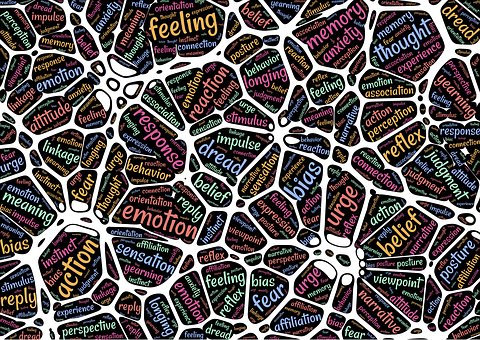
Learning New Skills at Work is Not Easy
When you want to upgrade the skills of your workforce, know from the beginning that learning new skills at work can be complicated and nuanced. Unfortunately, most new work skills are not acquired by simply reading or observing others; you cannot become a pro golfer by devouring all the books on the subject or watching tournaments on TV.
And surprisingly to many, learning new skills at work does not happen by attending one-time training programs. Based upon measuring over 800 training programs, our research shows that only 1-in-5 participants change their behavior and performance from training alone. Behavior and performance change take alignment, commitment, desire, feedback, practice, and consistent reinforcement.
Begin the Learning Process Right
If you are interested in learning new skills at work, treat the process like a change initiative, not a learning event. That means starting with high levels of relevance to the (1) business, (2) the participants and (3) their bosses. We call this 3X Relevance. Without it, do not expect more than 20% of your target audience to proficiently apply the new skills on the job.
Before launching a training program designed to build new work skills, you need all key stakeholders on board. All three levels of stakeholders must believe that it is in their own best interests to invest the time and energy to learn the new work skills compared to all the other priorities on their plate. You need to build a compelling story around how the new skills will help each individual, their team and, ultimately, the organization as a whole.
Break It Down Into Micro Behaviors
Once your business case for learning is clear and agreed to by your key stakeholders, your next step is to break down the desired skills into the micro behaviors that tie directly to your desired performance outcomes. For example, to learn how to hit a winning serve in tennis, you need to:
Create a New Habit with Micro Behaviors
New behaviors create new performance results when they become habits. The best way to create new habits is to pair a behavior with a cue and then practice them over and over. For example, let’s say you decided that team meetings needed to be more effective:
Then spend the first portion of your next meeting, revising and refining it with meeting attendees. If you follow this process for each new meeting, you’ll soon need far less time to put it together; the behavior will become routine.
Next you can perhaps focus on meeting facilitation skills — how to keep on topic, how to handle conflict, how to stay on time, how to encourage open exchange of ideas, etc. One skill will build upon another and soon your meetings will be far more productive.
The Bottom Line
Learning new skills at work is a process that requires building new habits that are relevant to the participants, their bosses, and the organization as a whole. To make a difference, focus time, energy, and resources on doing it right —with cues associated with behaviors that add up to skills that become habits and that matter.
To learn more about learning new skills at work, download How to Transfer of Skills and Knowledge from Training to the Job
Explore real world results for clients like you striving to create higher performance